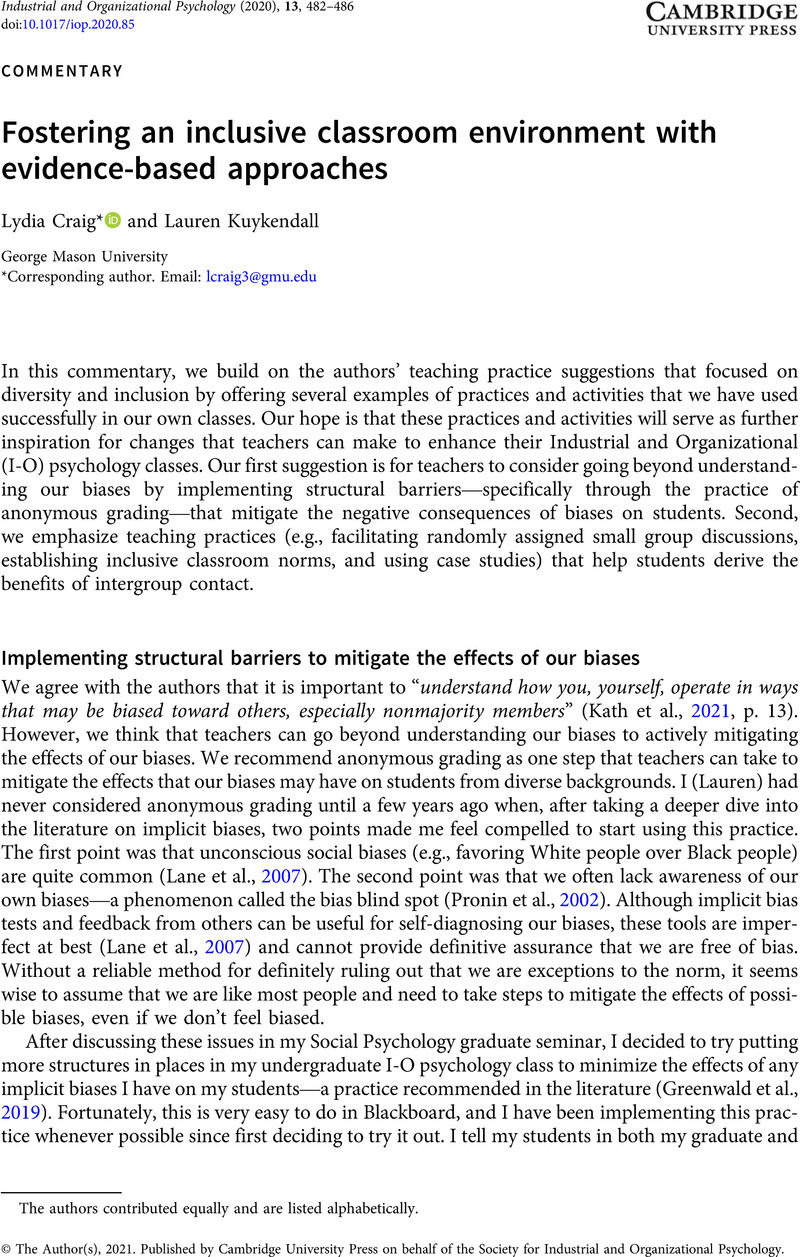Crossref Citations
This article has been cited by the following publications. This list is generated based on data provided by Crossref.
Williams, Florence
2024.
Humanizing Online Teaching and Learning in Higher Education.
p.
140.

Published online by Cambridge University Press: 08 February 2021

The authors contributed equally and are listed alphabetically.